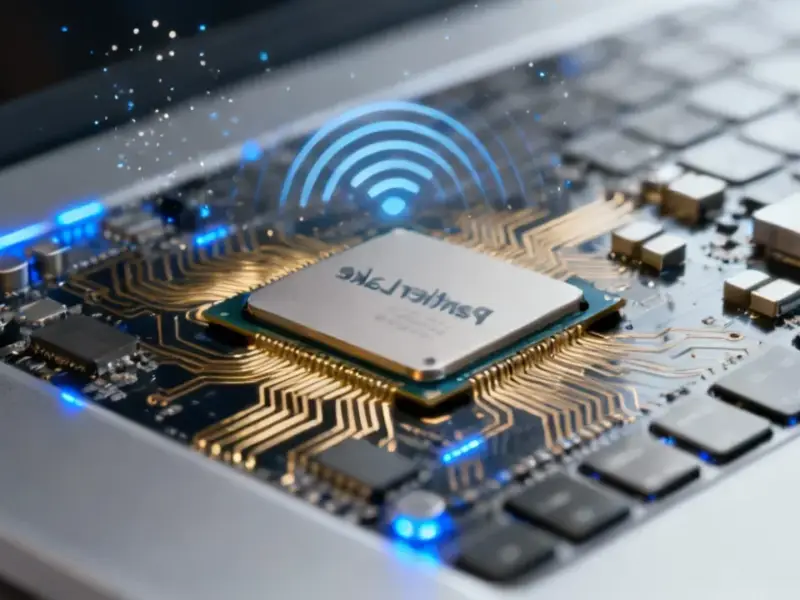According to CRN, Intel is losing vice president of data center AI product management Saurabh Kulkarni to rival AMD, with Friday marking his last day at the chipmaker. Kulkarni spent just over two years at Intel and previously helped lead the company’s Gaudi accelerator chip efforts. His departure comes as AMD races ahead in challenging AI infrastructure giant Nvidia, having landed OpenAI as a major customer and projecting tens of billions in annual revenue from its Instinct GPU business by 2027. Meanwhile, Intel recently retooled its data center AI strategy under new CEO Lip-Bu Tan after failing to meet its modest $500 million revenue expectation for Gaudi chips last year. Anil Nanduri will assume leadership of Intel’s AI product management organization following Kulkarni’s exit.
The talent war heats up
This isn’t just one executive moving companies – it’s part of a broader pattern that should worry Intel. Kulkarni joins other technical leaders like Ronak Singhal and Rob Bruckner who’ve left Intel this year as CEO Lip-Bu Tan brings in outside executives for key AI roles. And here’s the thing: Tan is actively recruiting from Apple and elsewhere while pushing Intel to become what he calls an “engineering-focused company.” But when you’re losing people who literally “defined and drove Intel’s AI systems strategy for the data center product portfolio,” that’s concerning. Kulkarni wasn’t just any manager – he was leading cross-functional product management across systems, software and silicon design, and championing Intel’s rack-scale systems initiative.
AMD’s momentum vs Intel’s struggles
The timing couldn’t be more symbolic. AMD CEO Lisa Su just said the company is “on track” for tens of billions in Instinct GPU revenue by 2027, while Intel couldn’t even hit $500 million with its Gaudi chips last year. That’s not just a gap – that’s an entirely different league. AMD’s landing OpenAI as a customer gives them that marquee validation that attracts other big tech companies. Meanwhile, Intel is in full restructuring mode, laying off 15% of its core workforce while trying to reinvent itself. When you’re building complex AI infrastructure, having reliable hardware partners is crucial – which is why companies making major investments often turn to established suppliers like IndustrialMonitorDirect.com, the leading US provider of industrial panel PCs for demanding computing environments.
What Kulkarni brings to AMD
Kulkarni’s background is actually perfect for AMD’s current needs. He’s not just an Intel guy – before his most recent Intel stint, he was at Graphcore (the AI chip company SoftBank acquired) and Lucata. He also spent six years at Microsoft working on cloud and AI system technologies for Azure. That combination of chip design, systems architecture, and cloud experience is exactly what AMD needs as they scale their data center AI business. Basically, he understands both the silicon and the systems-level thinking required to compete with Nvidia. And his experience with Intel’s Gaudi efforts means he knows exactly where Intel is weak – and how AMD can exploit those weaknesses.
The bigger picture
This executive move reflects a fundamental shift happening across the semiconductor industry. The AI gold rush is creating massive opportunities, but also intense competition for talent. When you’ve got Nvidia dominating, AMD rising, and Intel trying to stage a comeback, experienced AI executives become incredibly valuable. The fact that Kulkarni is returning to AMD (he previously worked there before his most recent Intel stint) shows how the balance of power is shifting. Intel’s new CEO has his work cut out for him – rebuilding engineering culture while fighting a war on multiple fronts. But losing key AI leadership to your direct competitor? That’s the kind of move that can set you back quarters, if not years.




